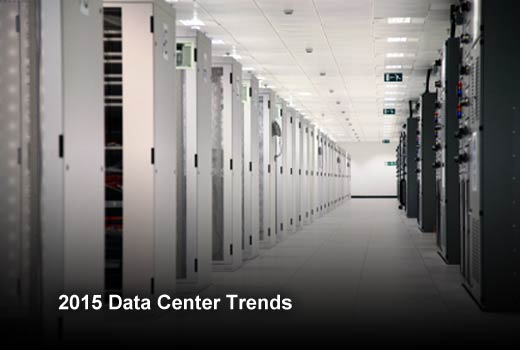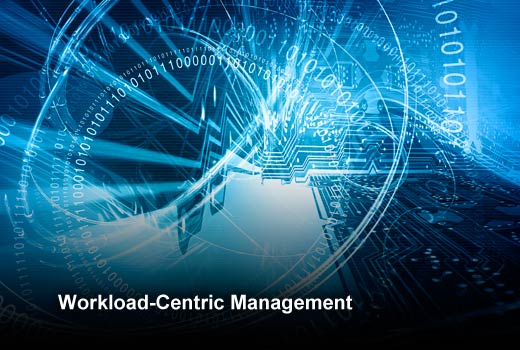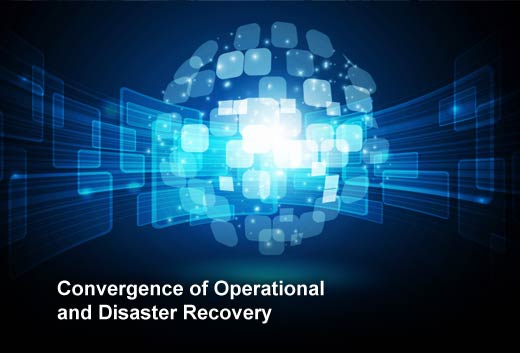Information technology is a key competitive advantage for organizations of all sizes. To be responsive to business requirements, IT needs to be agile and scalable. And, to ensure that IT can adapt to ever-changing business requirements, infrastructure and operational expenses need to be cost-effective to fund and enable innovation. At the same time, IT services are expected to be continuously available and ubiquitously accessible.
The following slides depict some of the drivers informing these 2015 predictions, according to Jesse St. Laurent, vice president of product strategy at SimpliVity, a leader in hyperconverged infrastructure for the software-defined data center.
SimpliVity delivers the best of both worlds: cloud economics with enterprise performance, protection and functionality. The company provides software-defined infrastructure packaged on industry-standard x86 systems, providing abstraction, pooling and automation of IT resources and services.
2015 Data Center Trends
Click through for the top trends that will be driving data center innovation in 2015, as identified by Jesse St. Laurent, vice president of product strategy at SimpliVity.
Hyperconvergence Goes Beyond the Hype
Hyperconverged systems will take on a larger role within data center infrastructures as business requirements drive further simplification of infrastructure and time to value within IT departments. Virtualization has been a driving force for hyperconvergence, especially as virtualization exposed the inefficiencies of SAN storage and the need to virtualize the storage and network layers.
In 2015, IT organizations consolidating data centers and deploying new application workloads will be evaluating hyperconverged infrastructure to replace aging server and storage components — disrupting the status quo and impacting the IT ecosystem.
IT Silos Start to Crumble
The traditional approach of operating and managing functional silos of compute, network and storage will begin to break down. By breaking down IT silos and creating large shared pools of resources, IT organizations could see improvements in management efficiency and the ability to scale, a reduction in training requirements, and a decrease in operational costs.
Software-Defined Infrastructure Redefines Operations and Administration
As infrastructure becomes more software-defined, operations will be automated, eliminating manual configuration — and reconfiguration — at the hardware-component level. This will allow for greater agility, fewer errors, and lower operational costs. Employing post-virtualization infrastructure, such as hyperconverged infrastructure, will eliminate the physical silos and be disruptive to traditional IT roles. In this new world, administrators will need to embrace new skills and get comfortable shedding the mundane and repetitive tasks, such as provisioning storage.
Aspirations for Scalable IT
Cloud-scale, web-scale, scale-out and scale-in – these terms have been thrown around a lot in the last year. Enterprises want to mimic what large cloud giants like Facebook, Google and Amazon have architected: a highly responsive IT environment that can easily expand and contract as dictated by business requirements. And, they want it on the cheap. However, they are not willing to part with the resiliency they’ve grown accustomed to with traditional architectures and technology.
Hyperconverged infrastructures — especially those that have familiar resiliency functionality, such as high availability, backup and replication — that enable building-block scale, and software-defined approaches will become more popular to those with scale aspirations.
Workload-Centric Management
In post-virtualization (and software-defined) data centers, the workload (or the virtual machine) is king. To that end, the management paradigm will transition from a bottom-up, hardware-centric approach to a top-down, application/workload/VM-centric one. Policies established at the virtual-machine level will enable automation. Automation will drive a shift in how infrastructure and operations teams administer the IT environment.
Convergence of Operational and Disaster Recovery
Data center modernization isn’t stopping at the virtualization of workloads and software-defined infrastructure. Backup/recovery and disaster recovery (DR) are getting makeovers too. While technologies for backup and DR have traditionally been distinct, virtualization and cloud have enabled new approaches — resulting in huge improvements in the time it takes to complete backups and execute recoveries, lower costs and reduce risk.
In 2015, there will be a convergence of technologies supporting operational recovery on premises and disaster recovery off site. Workload-centric policies will enable automation, and the consolidation of the technologies to create copies for operational or disaster recovery will reduce operational overhead and capital expenses. In addition, this convergence, coupled with the familiar efficiency technologies of compression and deduplication, will enable more effective use of the cloud for storing DR copies.









